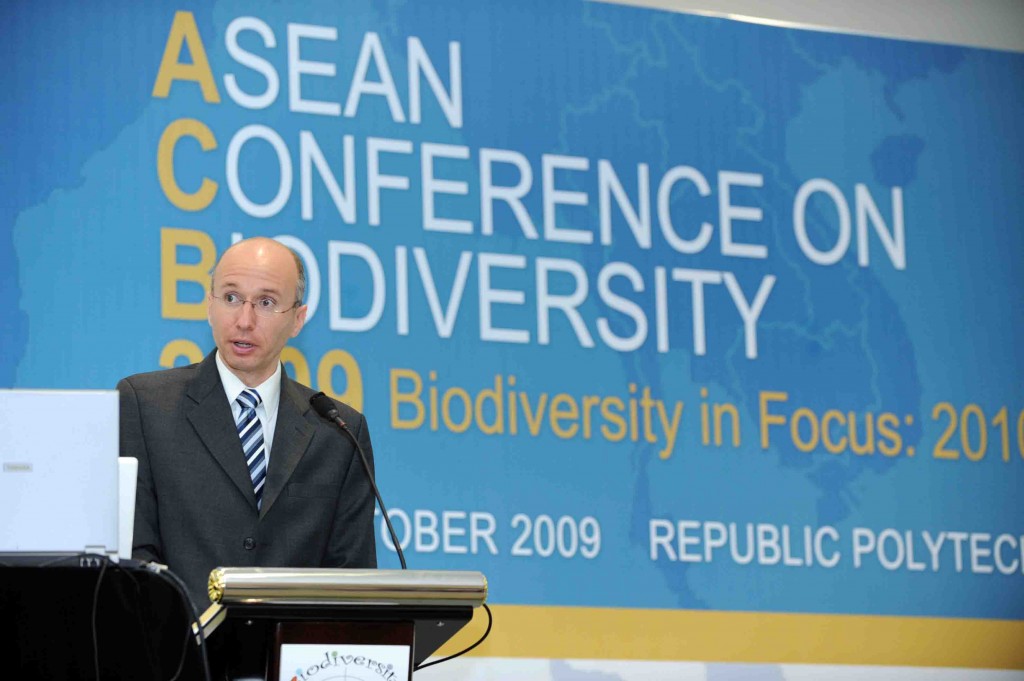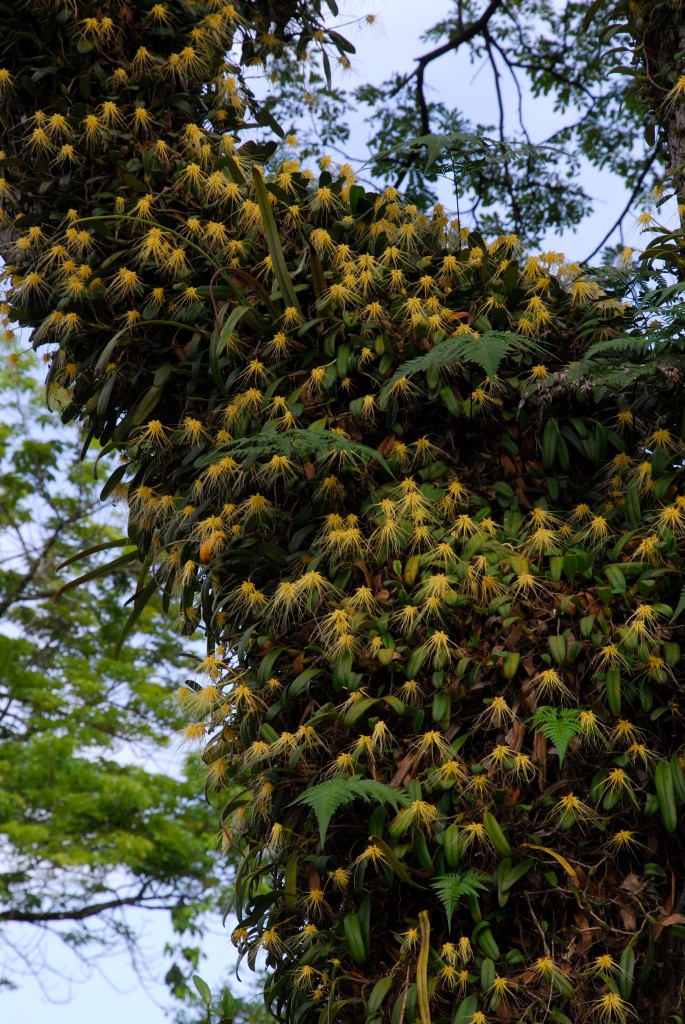Seagrass: Dugong Food for Thought
For 2010, the International Year of Biodiversity, My Green Space will feature different perspectives on what biodiversity means to you and me. This article is part of a year-long series.
Seagrasses are unassuming in their appearance, and are commonly mistaken for seaweed or algae. If you are unfamiliar with seagrasses, it will come as a surprise to you that they are closely related to the lily and ginger families! They are typically eaten by dugongs, which are large marine mammals.
Did You Know?
Seagrasses actually bear their own flowers and fruits. These marine flowering plants also produce seeds, and are often found in sandy or muddy surfaces where they obtain their nutrients.
Singapore is home to 12 species of seagrasses, out of the 23 species found in the Indo-Pacific Region. Just like the grass you see on dry land, seagrass grows in meadows. Seagrass meadows are important marine habitats that provide shelter and sustenance to creatures from turtles to dugongs, as well as many other species of marine life such as crabs and prawns. In fact, Singapore's seagrass meadows may be located right under your nose, not too far from popular spots like Labrador Nature Reserve, Chek Jawa Wetlands, and certain stretches off Pasir Ris Park and Changi Beach.
TeamSeagrass, a network of close to 60 volunteers, carries out scientific monitoring of Singapore's seagrass habitats. The group comprises individuals from all walks of life. It was set up in 2006, in close collaboration with NParks and Seagrass-Watch, a global research programme based in Cairns, Australia. Most recently, TeamSeagrass carried out a monitoring trip to Pulau Semakau in October 2009 with local and international scouts.
TeamSeagrass adopts methods developed by Seagrass-Watch, which are scientific and non-destructive. This means that the TeamSeagrass volunteers are given training prior to the surveys, and follow comprehensive guidelines to avoid disturbing the seagrass habitats, and the marine creatures that live there. The data gathered is sent to the Seagrass-Watch headquarters, which then analyses the trends and condition of seagrass habitats on a local, regional and global scale. This data helps us to better understand and manage Singapore's marine habitats.
Currently, TeamSeagrass monitors six sites in Singapore - Pulau Semakau, Cyrene Reef, Chek Jawa Wetlands, Sentosa (Tanjong Rimau), Labrador Nature Reserve and Tuas. This is done together with their partners The Raffles Girls' School and Schering Plough Ltd (Singapore Branch). If you are interested in taking part in TeamSeagrass' monitoring activities, visit their websites athttp://teamseagrass.blogspot.com and http://www.seagrasswatch.org/Singapore.html
By Lim Wei Ling & Siti Maryam Yaakub
TeamSeagrass laying transect tape in a seagrass meadow, to conduct seagrass monitoring.
NParks staff and TeamSeagrass volunteers, collecting seagrass data
Have views or comments on this article? Let us know via this form. If you would like to give us feedback on any other areas relating to our parks and gardens, please submit via https://www.nparks.gov.sg/feedback







Dugong food | Sickfightgear 9/3/2012 6:13:55 PM